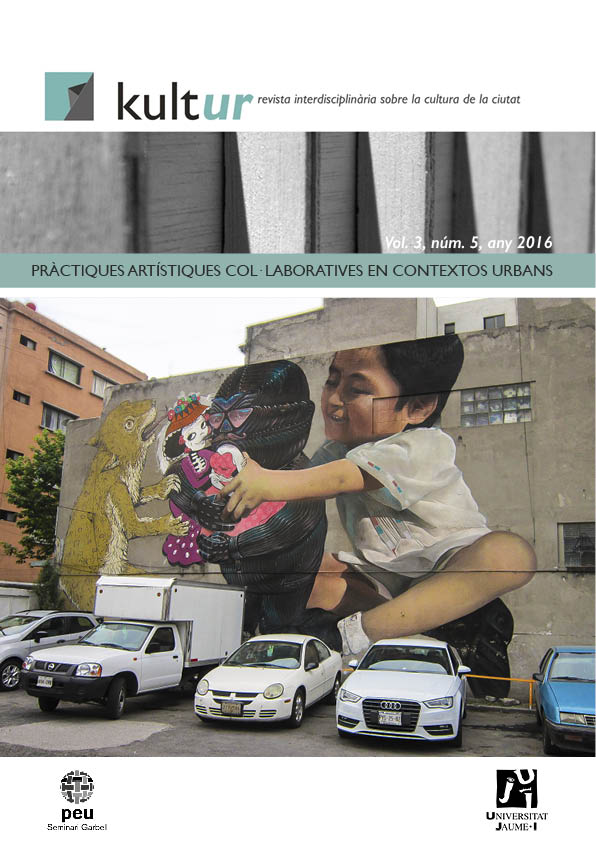The city has provided contemporary art with a frame and focus for constant experimentation. Since the beginning of the twentieth century, various art movements have experimented with the links between art and life, trends that have grown exponentially since the sixties. These practices have questioned and extended the boundaries of traditional arts, combining with other disciplines and integrating into daily life to become a forceful field of socio-cultural and political experimentation. Experiences with varied forms of participation and collaboration have been key in these artistic practices to questioning and transforming socio-cultural contexts. The upsurge in these collective practices has been accompanied by a growing interest in reflecting on collaborative and participatory methodologies and processes. All these processes have played a part in questioning essential aspects of the art system, such as the value of authorship, the viewer’s role, modes of production and management or the conception of the idea of representation, among others. These issues, which may be reflected in other spheres, have been approached from the arts in perhaps a freer and more experimental way than other contexts allow. By experimenting with participatory practices, between the recreational and full engagement, art has anticipated and made visible, as a laboratory, conflicts, debates and social transformations that have deep undercurrents for the present. In the current neoliberal, post-Fordist and globalising context, this potential critique from the collaborative and participatory arts is beginning to suffer from a process of domestication and deactivation, which could be symptomatic of other environments. Some of the factors that have contributed to this situation include the conflictive dialogue between the instituting and the institution, which constantly tries to appropriate emerging practices, and the very inertia that comes from the widespread visibility of certain practices, turning anything that becomes popular into a superficial trend. In light of all these factors, this article proposes the need to rethink — reflectively and critically, and from different artistic angles — the meaning and value that participation and collaboration currently have in the urban context.
Teresa Marín, Coord. Àgora
DOI: https://doi.org/10.6035/Kult-ur.2016.3.5
Published: 2016-05-29


